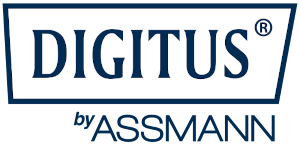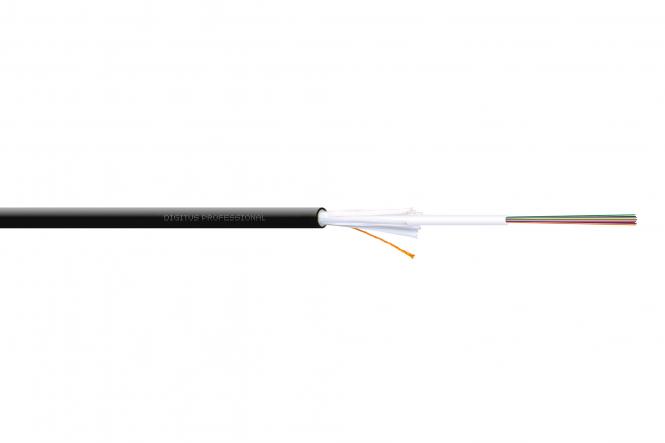DIGITUS Indoor/outdoor installation cable A/I-DQ (ZN) BH 9/125µ OS2, 12 fibers, BauPVO Dca, LSZH, 100 m
Product number: DK-39121-U-0100
EAN: 4016032505235
FO A-I-DQ(ZN)BH 12E9/125µ, SM, OS2, 12 fibers Indoor/Outdoor, LSZH, Dca, black, 100m
Future-oriented standards and high-end quality for your network.
- OS2 9/125µ
- Central loose tube 12 fibers
- Non-metallic rodent protection
- LSZH, CPR Dca




 More product information
More product information